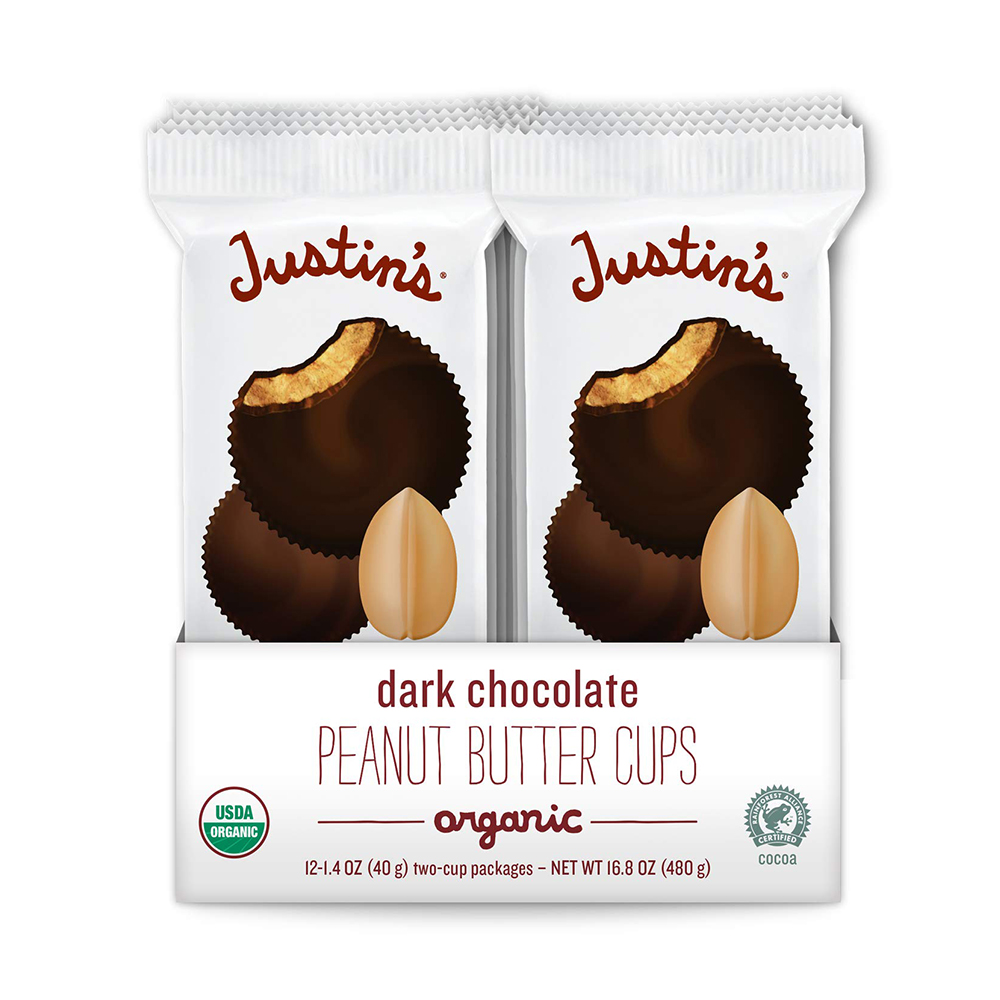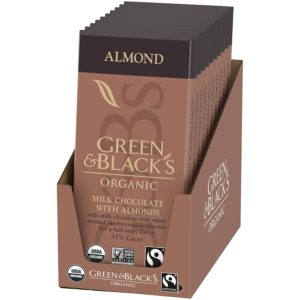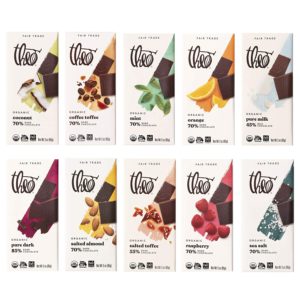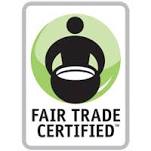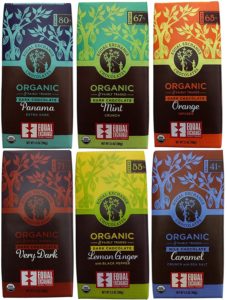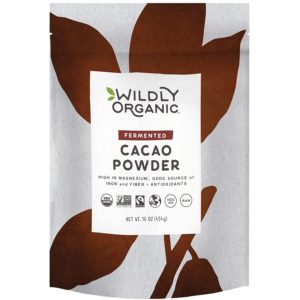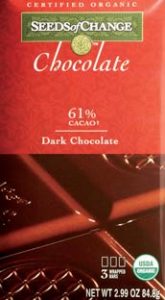Organic chocolate may cost a little more than conventional chocolate. So why pay the price? I’ve come up with 6 ways I justify my organic chocolate habit that could work for you, too.
Plus, I’ve identified several organic chocolate bars I love that you might like, as well. I list them below, and also popped them into our Big Green Purse Approved! store if you want to take a gander.*
How Is Organic Chocolate Better?
1. Organic chocolate tastes better than conventional chocolate. I personally find a lot of conventional chocolate tastes a bit chalky, and can leave a biting aftertaste in my mouth. Organic chocolate is something I can savor, not just while it’s melting in my mouth, but for a long time after.
2. Organic chocolate is better for Nature and the environment. Organic chocolate is made from ingredients that were grown without harmful pesticides, herbicides, and fertilizer.
All chocolate starts with cacao beans harvested from pods produced by shrubs that grow naturally in a narrow rainforest region north and south of the Equator. Cacao shrubs evolved to grow in the shade cast by taller rainforest trees. As such, they contribute to the forest’s biodiversity and help protect the forest ecosystem. As cocoa and chocolate have become more popular, industrial growers have come in, cleared rainforests, and planted cacao farms in direct sunlight. These farms are more like plantations. They require the use of toxic pesticides and fertilizers and weaken biodiversity.
Returning to organic processes helps protect the forest and restore Nature. (1)
3. Organic chocolate is Non-GMO. The ingredients in organic chocolate do not include those produced from crops tainted with genetically modified organisms.
4. Organic chocolate is better for the people who produce it. Nearly 60% of the world’s cocoa is produced in the African countries of Côte d’Ivoire and Ghana. A U.S. Dept. of Labor study found that 1.48 million children are engaged in hazardous work on cocoa farms and paid a pittance for their labor (if at all). (2) Organic cocoa is more often produced by adult farmers who receive a fair wage for their work and work in much safer conditions. “Fair Trade” chocolate producers have met labor, environmental and ethics standards that prohibit slavery and child labor. (3) Look for any of these symbols when you shop.
Don’t Miss Our Best Organic Fair Trade Chocolate Valentine’s Day Review!
5. Organic chocolate is available in a wide variety of sizes and flavors. A lot of conventional chocolate is only sold as milk, semi-sweet, or dark chocolate. Organic chocolate is made in so many delicious and exotic ways, you’ll never get tired of trying something new. Some of my favorites include dark chocolate and coconut, milk chocolate with sea salt and almonds, dark chocolate peanut butter cups, and very dark chocolate infused with orange.
6. Organic chocolate is equally delicious when you bake with it or use it to make hot cocoa. Organic cocoa powder is readily available online or in natural foods stores and some grocery stores. It mixes up the same way conventional cocoa powder does — but it’s got a richer, deeper, more chocolate-y taste.
Labels to Look For When Shopping for Organic Chocolate
*NOTE: We have provided links to organic chocolate that’s available through Amazon for your convenience. We will earn a teeny tiny commission if you make a purchase using our link. However, the commission is too small to affect our opinion; it simply helps us maintain our site. We encourage you to shop locally whenever possible (like when the pandemic is over) and to support local stores and craftspeople.
(1) Environmental Impact of Cocoa Production


